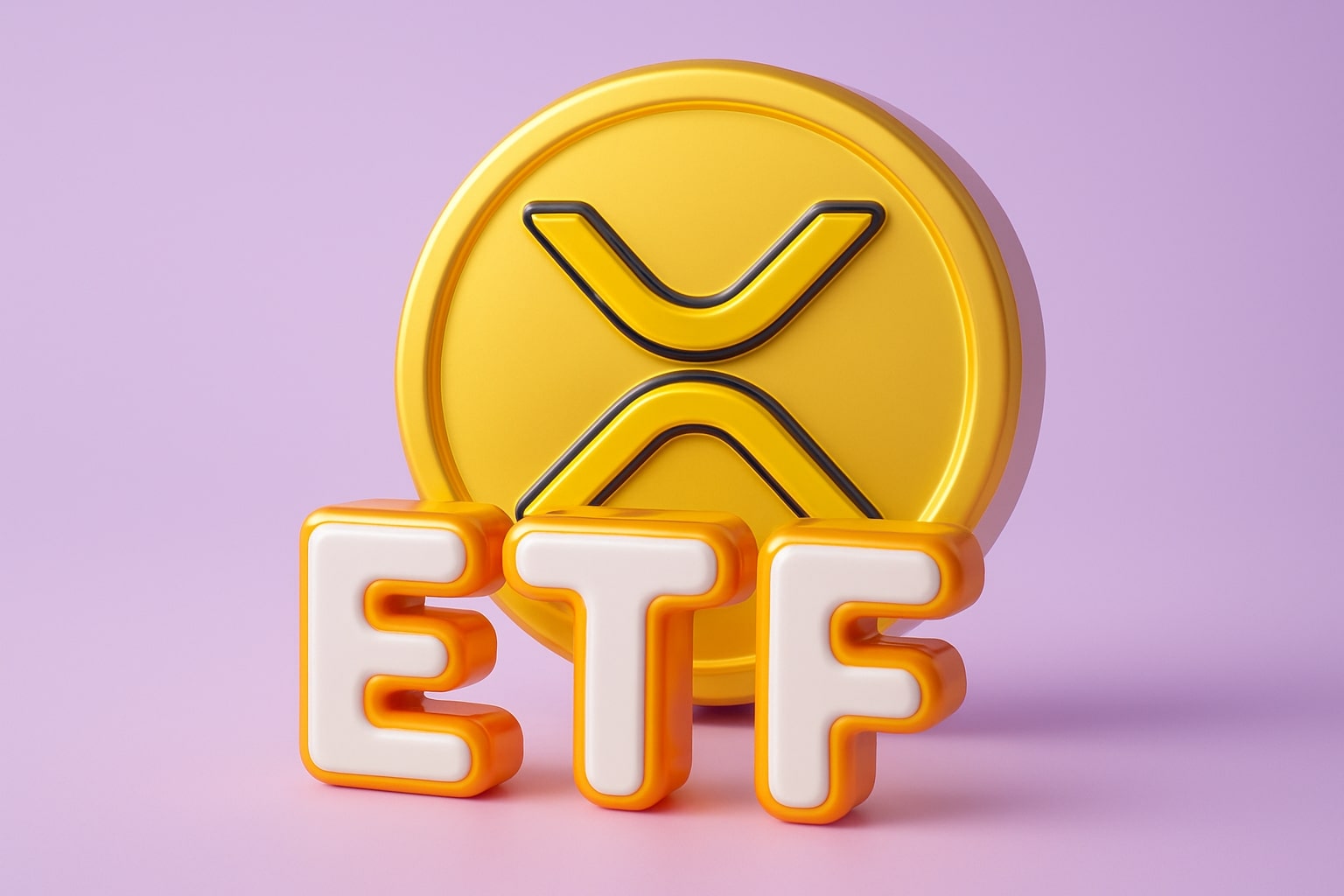
Gold Price Forecast - Central Banks and U.S. Fiscal Crisis Fuel XAU/USD’s Third-Biggest Rally in 50 Years
XAU/USD steadies above $3,900 after hitting $4,381 high. Fed policy doubts, $1T U.S. interest burden, and BRICS gold trade signal continued global rotation into bullion | That's TradingNEWS
XAU/USD Near $3,978 as Gold’s Third-Strongest Rally in 50 Years Redefines Global Monetary Confidence
Gold (XAU/USD) remains the dominant asset in global markets, trading near $3,978 per ounce after setting an all-time high of $4,381.21 on October 20 2025. The metal’s surge from $1,617 in October 2022 marks a 170% gain in just three years, ranking as the third-strongest rally in half a century. While its magnitude trails the historic explosions of 643% (2001–2011) and 518% (1976–1980), the structure of today’s advance is fundamentally different. Rather than speculative fervor, this rally is anchored in structural demand from central banks, fiscal stress in the United States, and a shift in the balance of global reserve power. These forces suggest the current uptrend in XAU/USD is more resilient and durable than any speculative spike of the past.
Historical Perspective and Comparative Cycles
Between July 1976 and February 1980, gold soared from $134 to $692, delivering a 518% rise during an era defined by inflation above 13%, oil embargoes, and the collapse of Bretton Woods. The subsequent twenty-year correction drove the metal down 63% to $256 by 2001, but gold’s monetary role endured.
The next super-cycle began in February 2001 and peaked in September 2011, climbing from $256 to $1,902, a 643% increase. The dot-com collapse, the 9/11 attacks, and the Federal Reserve’s quantitative easing created a decade of fear that drove gold to new prominence. Even after falling 44% to $1,052 in 2015, its floor remained multiple times higher than in the prior century.
Today’s move from $1,617 to $4,381 since late 2022—though smaller in percentage terms—reflects an entirely different foundation: institutional accumulation, reserve diversification, and distrust of fiat credibility. It is a rally powered not by panic but by policy evolution.
Central Bank Accumulation Redefining XAU/USD
The structural engine of this bull market is relentless central-bank accumulation. Since 2022, official institutions have bought more than 1,000 metric tons annually, maintaining a fourth consecutive record year. The World Gold Council’s Q3 2025 data confirm 220 tons added in the quarter, up 28% from Q2 and 47% above the same period in 2024. Nations such as China, India, Turkey, Singapore, and Poland are reshaping reserve composition by reducing exposure to U.S. Treasuries.
Quarterly purchasing patterns illustrate this transformation: 2022 — 1,087 t, 2023 — 958 t, 2024 — ≈1,043 t, and 2025 — on pace for 1,080 t. Such persistence at record price levels underscores a strategic shift away from dollar reliance. The result is a structural floor in XAU/USD unseen in previous cycles.
Investment Demand and Behavioral Shift
Institutional and retail investment behavior in 2025 has diverged from historic norms. Instead of tapering as prices rose, investment demand accelerated. Physical and ETF holdings expanded to 220 tons in Q3 2025, while jewelry consumption fell 19% to 371 tons. Investors now view gold as systemic insurance against sovereign debt excess, not merely a hedge against inflation.
Institutional portfolios treat gold as protection against U.S. fiscal fragility and potential political interference with the Federal Reserve. Retail enthusiasm, particularly among high-net-worth investors in Europe and the Middle East, has intensified, with allocations exceeding 10% of assets. Physical premiums in Asia continue to widen, reflecting a tight global supply chain.
Regional Divergence Between Consumption and Investment
India’s market, historically the world’s largest consumer of physical gold, faces pronounced price sensitivity. With spot prices above $4,000, jewelry demand has weakened sharply, festival-season sales have diminished, and consumers are turning toward lighter ornaments and gold-plated substitutes.
China exhibits a contrasting pattern. Jewelry sales have softened, yet investment gold bars and coins are selling briskly, supported by the yuan’s depreciation and state narratives promoting gold as a defensive reserve. These dual dynamics—soft retail but strong institutional buying—define the present rally’s balance.
Technical Configuration of XAU/USD
Technically, XAU/USD trades within an orderly bullish structure. The 200-day moving average near $3,650 acts as structural support, while the upper resistance band lies between $4,400 and $4,500. Momentum oscillators remain stretched but not extreme, confirming controlled strength. Daily volatility averages 1.1%, far below the 4% swings typical of 1979, indicating that the rally is institutionally guided rather than speculative.
Support levels cluster at $3,800–$3,900, deeper demand zones around $3,600–$3,700, and potential breakout resistance near $4,800 if momentum resumes. This tight, disciplined structure mirrors the liquidity and algorithmic order of modern ETF trading, not the chaos of earlier booms.
Read More
-
ARTY ETF (NYSEARCA:ARTY) Climbs To $48.18 As AI Boom Pushes Assets Past $2B
09.11.2025 · TradingNEWS ArchiveStocks
-
XRP ETFs XRPI And XRPR Rally To $13.98 And $19.46 As SEC Countdown Sparks Institutional Frenzy
09.11.2025 · TradingNEWS ArchiveCrypto
-
Natural Gas Price (NG=F) Falls to $4.31 as Record U.S. Output and Unseasonably Warm Weather Crush Demand
09.11.2025 · TradingNEWS ArchiveCommodities
-
USD/JPY Price Forecast - Dollar to Yen (¥153.41) Dips from 8-Month High as Fed Cut Odds Hit 70%
09.11.2025 · TradingNEWS ArchiveForex
Institutional Forecast Landscape
Forecasts for gold’s trajectory diverge widely among global banks. The bullish cohort, targeting $4,500–$6,000, anticipates persistent central-bank purchases above 1,000 tons yearly and continued fiscal deterioration in the United States. The moderate group, clustered around $3,800–$4,500, expects normalization of ETF flows and a gradual easing of U.S. rates through 2026. The conservative camp, projecting $3,200–$4,000, warns of potential demand destruction in Asia and speculative profit-taking.
Across these perspectives, consensus emerges around a structural support floor at $3,500, reflecting conviction that gold’s retracements will remain shallow unless monetary policy shifts sharply.
Macro Catalysts and Policy Undercurrents
The Trump administration’s $2 trillion fiscal stimulus and renewed tariff policy are inflating expectations for sustained deficit spending. Annual U.S. interest payments exceeding $1 trillion—now larger than the defense budget—highlight systemic debt fragility. Simultaneously, fears over political interference in Federal Reserve operations are reviving long-dormant credibility concerns.
Foreign holdings of U.S. Treasuries have dropped to a twelve-year low as central banks pivot toward bullion. In parallel, BRICS nations advance alternative settlement systems using gold-linked instruments, a development that could redefine international liquidity flows and maintain elevated structural demand for XAU/USD well into the decade.
Comparative Performance Across Assets
Gold’s ~50% year-to-date gain represents its strongest annual performance since 1979, easily outperforming the S&P 500’s 18% and the NASDAQ’s 21% advances. Adjusted for inflation, equities deliver negative real returns, while gold preserves purchasing power. The correlation between XAU/USD and the U.S. Dollar Index has fallen to -0.78, emphasizing gold’s hedge role. Silver trades near $48.40, platinum around $1,391, and palladium at $1,193, leaving gold the undisputed leader among precious metals in 2025.
Potential Reversal Drivers and Structural Risks
Two risks could interrupt the uptrend. A decisive Federal Reserve pivot to hawkishness could lift real yields and strengthen the dollar, pressuring gold. Additionally, Asian jewelry demand erosion could deepen if prices remain above $4,000. ETF liquidations during equity corrections might create short-term volatility, though such dips are typically absorbed by central-bank buying. Historical analogues show that drawdowns in similar phases averaged -13% before trend resumption, underscoring resilience rather than reversal.
Strategic Investment Positioning
Conservative portfolios may maintain 5–10% exposure through physical or low-cost ETFs. Aggressive investors can pursue leveraged strategies in miners or derivatives, targeting the $4,800–$5,000 band over the next twelve months. Accumulation zones remain between $3,800–$3,850, with profit-taking advised above $4,400–$4,500. Monitoring real yields, Treasury spreads, and dollar strength remains critical for timing re-entries.
Structural Evolution and Monetary Transition
This rally is not a speculative anomaly but part of a global monetary re-architecture. Central banks are re-monetizing gold as neutral collateral in an era of fragmented geopolitics and escalating fiscal imbalance. Mine production growth of only 1.2% year-over-year fails to meet this new structural demand. The era of surplus supply has ended, replaced by systemic scarcity reinforced by policy realignment.
Verdict on XAU/USD
All quantitative and structural indicators point to continued strength in XAU/USD. The asset retains firm support around $3,600–$3,700, with potential to challenge $4,500–$4,800 and possibly $5,000 during 2026 if fiscal and monetary instability persist.
This is not the speculative fever of 1980 nor the liquidity panic of 2008—it is a calculated, institution-driven reallocation of global capital. Based on fundamentals, technical resilience, and geopolitical currents, the stance on XAU/USD remains BUY (Medium-Term Bias – Bullish).



















